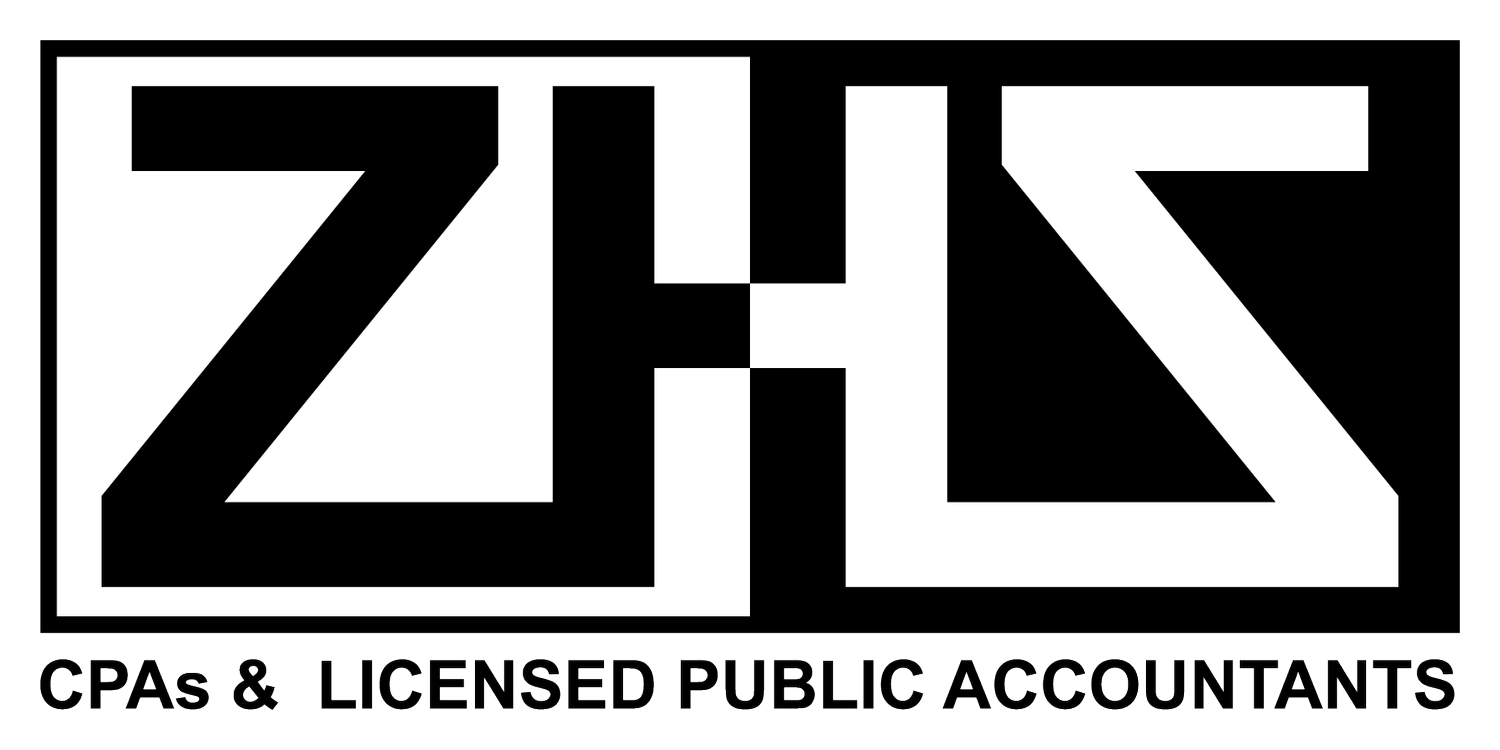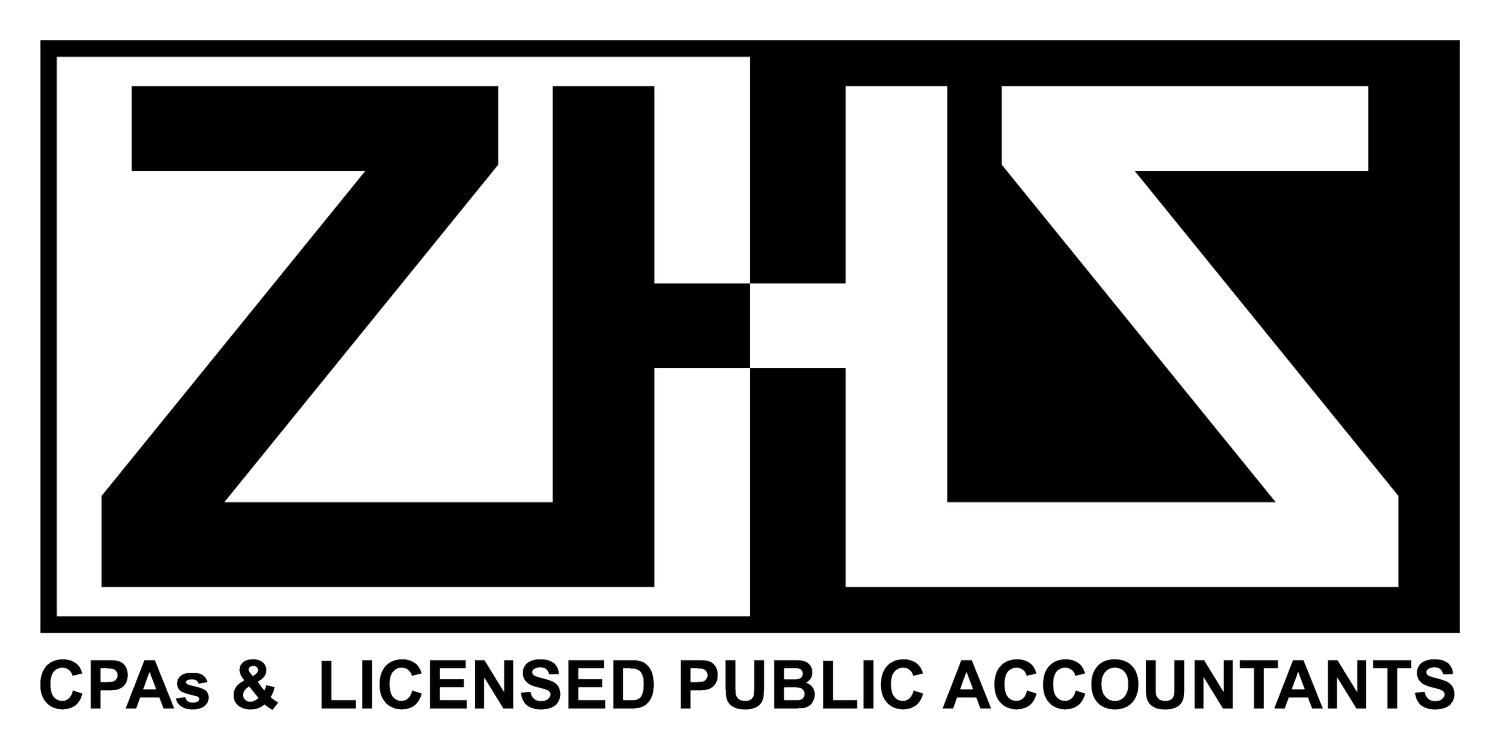Company Vehicle or Personal Vehicle - What are the Tax Consequences of Work Vehicles in Canada?
If your business owns vehicles and they are used for both personal and business tasks, your tax implications can be cumbersome.
It’s important to understand that the personal and business use of a vehicle results in different tax implications for the employer and the employees.
Let us talk you through the company vs. personal use of vehicles and its tax consequences.
Business vs. Personal Use of a Vehicle
Regardless of the fact that a vehicle is owned by the employer or an employee, it can be used for business or personal uses regularly.
If a vehicle is strictly used for business purposes, the tax calculations for operating costs, capital cost allowances, and interest costs for lease payments should be made.
The more complicated tax scenario occurs when a vehicle is used for personal and business uses.
A business use of a vehicle is when an employee uses the car to perform a work-related task. For example, driving to or from a client’s workplace to deliver supplies or receive inventory items.
A personal use of a vehicle is when an employee uses the vehicle for personal tasks not relevant to work. For example, driving to and from home to the workplace.
Company Vehicle Used by Employees
The personal use of a business vehicle results in a taxable benefit for the employee and it must be deducted by the employer.
It means there are tax implications for both the employer and the employee.
For Employers:
Employers must consider the tax implications of owning a company vehicle and whether or not it allows employees to use the vehicle.
Some important points to consider include:
● The purchase price or monthly lease cost of the vehicle
● The proportion of business and personal use of the vehicle
● Expected operating expenses for the vehicle
● The company’s corporate tax rate and employee’s income tax rate
● The proportion of costs covered by the company
Operating Expenses
An employer can deduct operating expenses when a vehicle is used for business purposes. The deductions are allowed reasonably for the operating costs of the vehicle.
Some common examples of vehicle operating expenses are:
● Insurance premium
● Gas and oil costs
● Registration and license fees
● Vehicle maintenance expenses
● Minor repairs excluding insurance reimbursements
Capital Costs
A company can buy or lease a vehicle for business tasks and it can deduct capital costs with certain limits as imposed by the Canada Revenue Authority (CRA).
Capital costs of a company vehicle include:
● Capital cost allowance (CCA)
● Interest and lease payments
● Major repairs net of insurance reimbursements
The maximum capital cost allowance rate for vehicles is 15% for the purchase and disposal years and 30% otherwise.
The CCA rate will be 45% (100% for zero-emission vehicles) for vehicles acquired after November 2018 and available for use before 2024.
The deductible interest cost per month is $300 or $3,600 per year. The annual lease payment limit is $950 multiplied by 12 for the year 2023.
For Employees:
When the owner working as an employee or any other employee uses a company-owned vehicle, both parties must consider taxable benefits arising from this use.
Standby Charge Benefit
The standby charge benefit depends on the original cost of the vehicle including GST/HST and the total cost of lease payments irrespective of the limits discussed above.
If an employee uses the vehicle throughout the year and there is no mix of personal and business use, then:
Standby Charge Benefit = 24% × Original Cost of Vehicle (if owned)
Standby Charge Benefit = 2/3 × Annual Lease Payments (if leased)
If the vehicle is used for personal and business uses, then the calculations can be made through the following formulas.
Standby Charge Benefit = 2% × Original Cost × No. of Months Available for personal use × reduction for low personal use
Standby Charge Benefit = 2/3 × monthly lease payment × No. of Months Available for personal use × reduction for low personal use
The standby charge will then be adjusted for any reimbursements received by the employee.
Operating Cost Benefit
The operating cost benefit for employees occurs when an employer pays for the operating costs of a company-owned vehicle.
Operating Cost Benefit = Personal kilometers driven in the year × 33¢ - reimbursements received from the employee
Withholding and Record-Keeping Tips for Employers
The employer must withhold taxes from employees’ salaries or wages for the operating cost benefits and the standby charge benefits.
Since these costs are not known in advance, these must be calculated and withheld as estimated deductions.
Also, the employer must keep a record of important information that is vital for these calculations including vehicle original cost, issuance date, personal/business kilometers, interest costs, and lease payments.
Employee-Owned Vehicle Used for Business
The second case is an employee-owned vehicle used for business and personal purposes.
When a vehicle is used fully for business tasks, the deductions for operating and capital costs are simple with deduction limits from the CRA as the only constraint.
However, when a vehicle includes personal and business uses, it needs calculations for operating and capital cost allowances for both parties.
The vehicle operating expenses are deductible on a pro-rated basis by calculating the proportionate use for personal and business tasks.
This computation can be done by keeping a log of personal and business kilometers traveled daily, monthly, or annually.
Similarly, the capital cost allowance for the employee can be calculated by using the same formula listed above.
Reimbursements and Allowances from the Employer
An employer can deduct reimbursements made to employees for operating and maintenance costs.
However, the employee cannot deduct the reimbursement amounts and will be treated as taxable benefits on income tax returns.
The CRA announces tax-exempt vehicle allowance rates every year. The rate for the year 2023 is 68 cents for the first 5,000 kilometers and 62 cents afterward.
Top Tips for Employers to Maximize Tax Benefits of Vehicle Uses
As an employer, you must consider the lease vs. buy option realistically. You must consider the standby charge and the operating costs over the life of the vehicle.
Also, consider the operating cost and standby charge benefits for employees and their tax implications.
You may consider purchasing/leasing less expensive cars or arrange a sale-leaseback contract to maximize the tax benefits.
Similarly, you can restrict the personal use of business vehicles and use smart apps to keep a digital record of vehicle kilometers for personal and business uses.
Buying a business vehicle with more upfront cash or offering zero-interest loans to your employees is also a useful option to reduce tax liabilities for both parties.
Top Tips for Employees to Maximize Tax Benefits of Vehicle Uses
Employees must minimize the personal use of business vehicles as the computation of the standby charge and operating cost benefits are challenging tasks.
Also, the reimbursements and allowances received from your employer will be taxable income to you.
Alternatively, you can negotiate for a salary rise instead of allowances or operating cost reimbursements.
By now, you must have an idea of how the calculations for vehicle costs are made and distributed.
You should consult a professional tax advisor to make the right call on the vehicle ownership case and its tax consequences for both parties as an employer and an employee.

